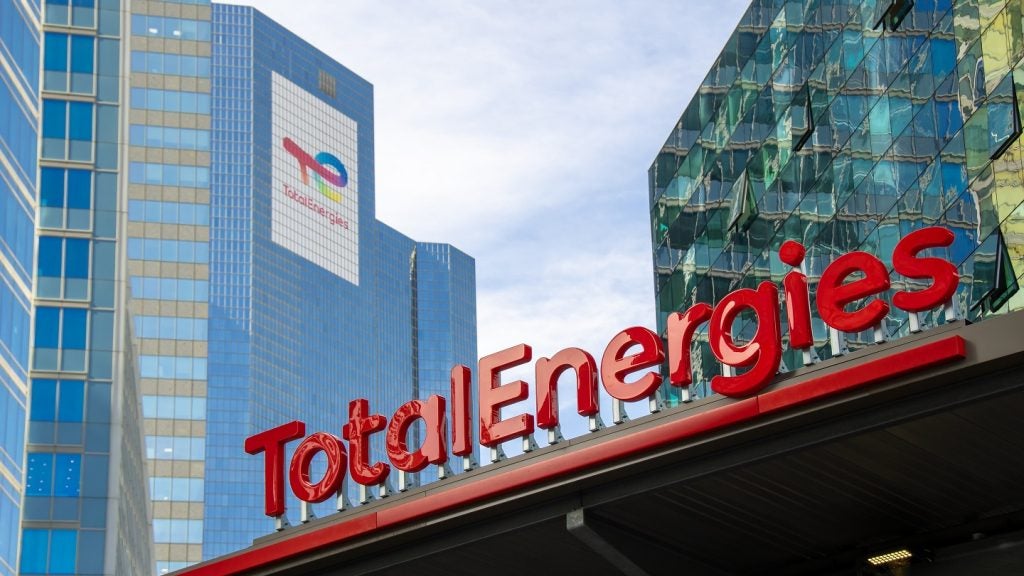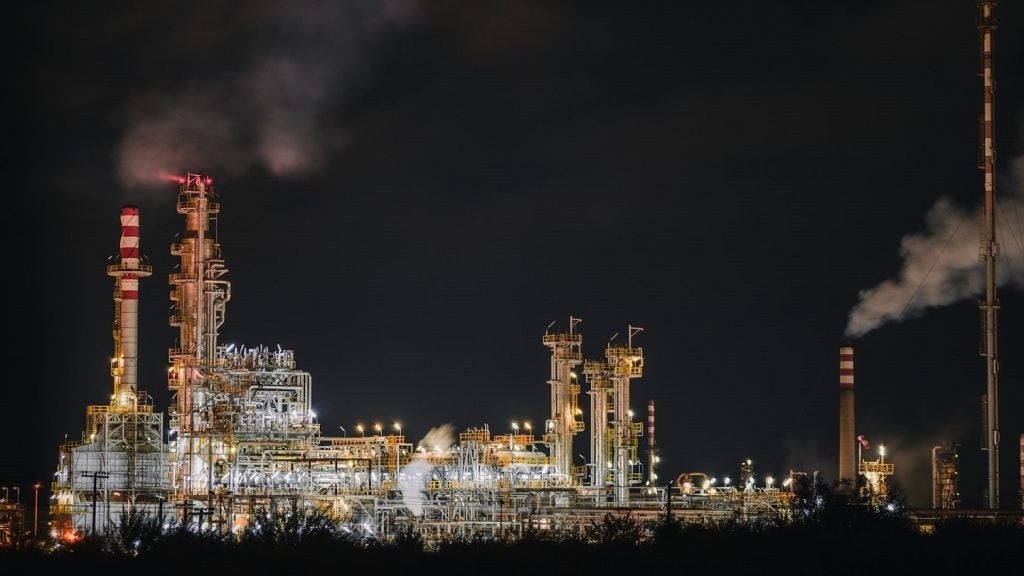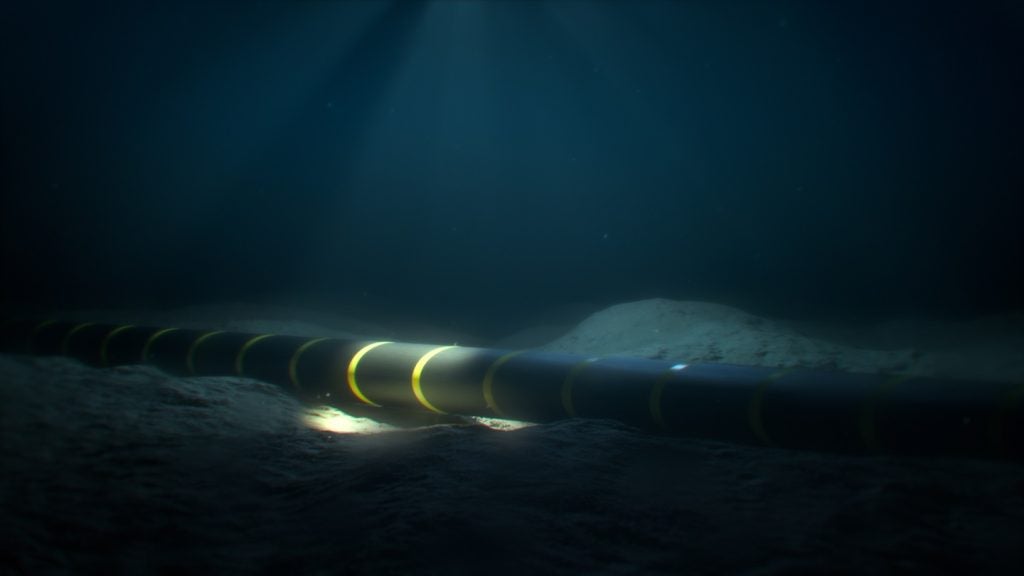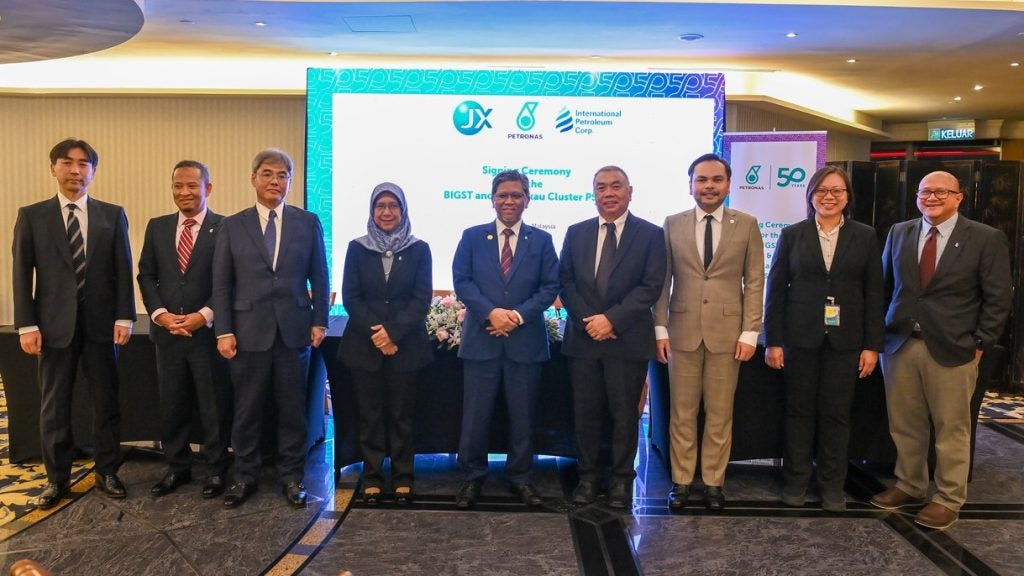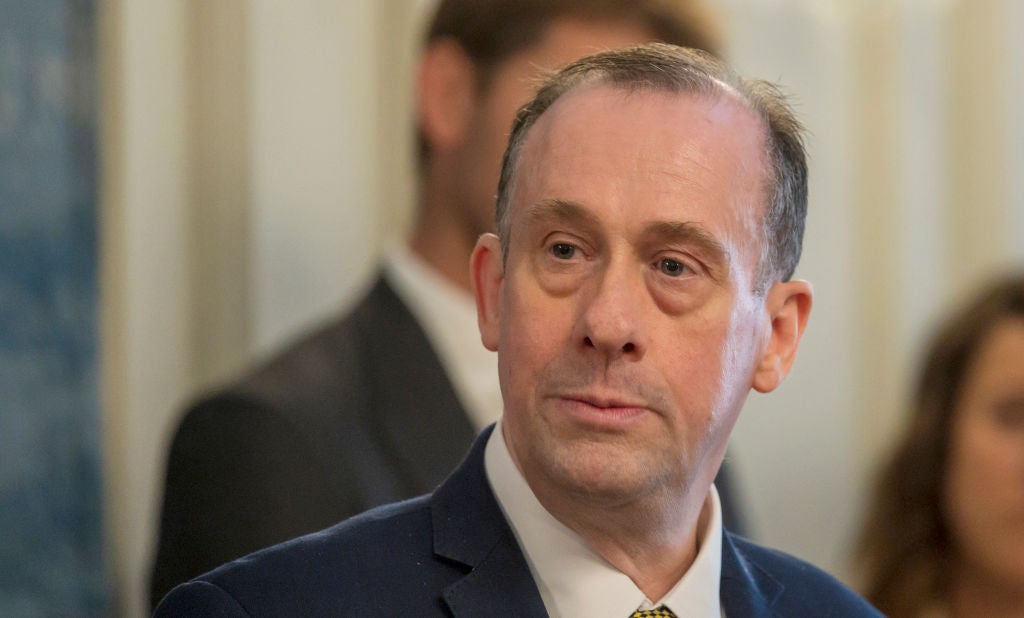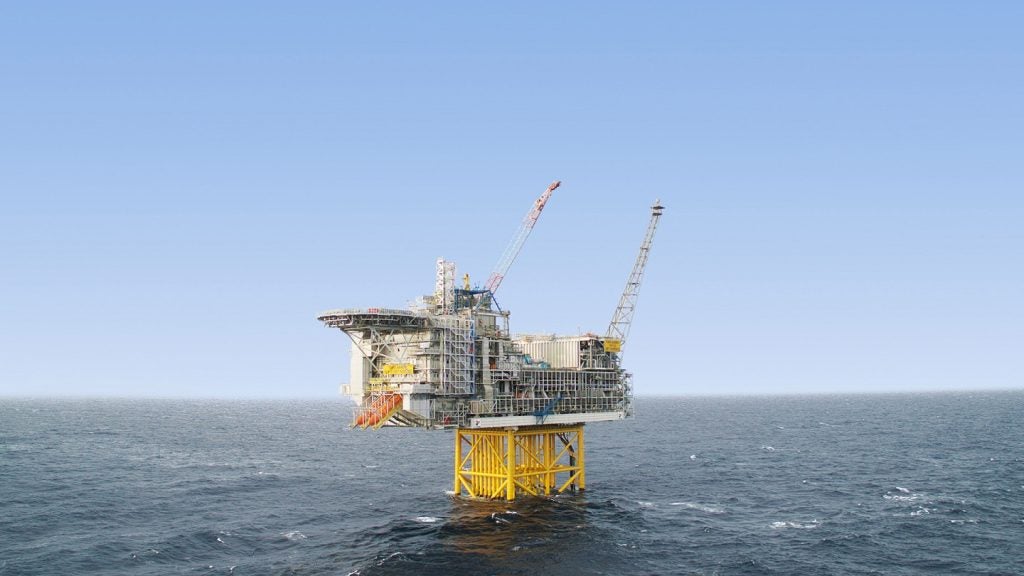The CCUS, or CCS to refer to carbon capture and storage, industry has been the subject of significant attention – both positive and negative – in recent years. Critics have branded CCUS a greenwashing tactic, while proponents of the technology argue that it is an essential part of the transition to a net-zero future.
Whatever the perspective, there is no doubt that the CCUS industry is booming: GlobalData’s Oil and Gas Sector Strategies in CCUS report predicts that the number of active CCUS projects will rise from 66 in 2023 to 285 by the end of the decade. The capacity growth of CCUS projects over this period is expected to increase at a compound annual growth rate of 38%.
With so much movement in the sector, it is easy to lose track of what is important. We review notable developments in CCUS policy and technology to assess the potential the sector holds.
The global policy push for CCUS
Global support for CCUS has been on the rise, as evidenced by several policy changes and legislative initiatives across the globe in recent years.
In March last year, the US White House Council on Environmental Quality announced the formation of two task forces to streamline the permitting process for CCUS projects. It received broad support from the CCUS industry, which has faced delays and permitting woes for many years. Speaking at the time, Jessie Stolark, executive director of the Carbon Capture Coalition, called the formation of the task force “a timely and important opportunity to address […] urgent regulatory issues associated with the responsible build out of the sectors that make up the carbon management industry”.
The International Energy Agency (IEA) also agrees that lead times for CCUS projects need to be accelerated. Last July, it issued a recommendation to policymakers stressing this point, noting that “long lead times for CCUS can put short-term climate targets at risk, making it more challenging and costly to achieve long-term goals”.
Jon Gibbins, professor of CCS at the University of Sheffield and director of the UK CCS Research Community highlights that policy changes are a significant stepping stone for the industry to progress. He says that it is “exciting” that “critically important permitting details are being addressed by regulators and industry as a prerequisite for public acceptance” of CCUS as a technology.
As barriers in regulatory processes lower and public acceptance of CCUS becomes more widespread, financial incentives and funding for CCUS development have followed. The UK Government included £20bn ($25.2bn) of funding for early-stage CCUS projects in its 2023 Spring Budget. Both Canada and the US have launched tax credits for CCUS projects, in 2022 and 2021 respectively. Japan’s Joint Crediting Mechanism funded a 2020 feasibility study for Indonesia’s Gundih CCUS Project and Sukowati Field, and the Asian Development Bank (ADB) CCUS Fund also supported the development of legal and regulatory frameworks in Indonesia. Singapore's sovereign wealth fund, GIC, recently invested in Storegga, a UK company working on projects in the CCUS space.
However, a report by the IEA states that CCUS development in South East Asia is behind schedule, noting that “investment in carbon capture technologies in Southeast Asia would need to reach an average of almost $1bn per year between 2025 and 2030” in order to meet climate goals. The report adds that targeted policies and international financial support are needed, stating that “increased access to grants and loans from institutions specialised in development and climate finance – such as the ADB and the Green Climate Fund – alongside sustainable debt and transition financing will be essential” to secure the required development in the region.
The traditional 90% capture rate cap is increasingly seen as an artificial limit. It does not reflect the full technical potential of current technologies.
Abdul’Aziz A. Aliyu, Technology Analyst at the IEA Greenhouse Gas R&D Programme
As CCUS is still an emerging technology, new and bespoke financing and policy decisions must be made to further develop the field. In a world where policy underpins major oil and gas companies’ decision-making processes, a lack of incentivising finance packages or unclear policy positions from governments will discourage development in the sector, if not slow it down significantly. Other sectors involved in decarbonising energy technologies – notably, offshore wind power – have faced delays to development and deployment due to red tape and inefficient approval systems. It is essential that CCUS is not held back in this way if climate goals are to be met.
“The limit does not exist” – tech advances boosting the power of CCUS
Several recent technology advances have pushed the boundaries of what is possible with CCUS. While prevailing wisdom on CCUS efficacy generally states that the upper limit is around 90% carbon removal, the reality of forthcoming CCUS technology is that there is limitless possibility, explains Abdul’Aziz A. Aliyu, technology analyst at the IEA Greenhouse Gas R&D Programme. He states that “the traditional 90% capture rate cap is increasingly seen as an artificial limit. It does not reflect the full technical potential of current technologies.”
One key advancement is the development and testing of the use of a non-aqueous solvent for CO₂ capture, which is anticipated to make CCUS more efficient and cost effective. The technology is still in a relatively early stage of development, but studies suggest that using non-aqueous solvents in CCUS “may be a promising route to reduce the energy requirements of current post combustion carbon capture processes”.
The main issue currently hindering the use of non-aqueous solvents is their high viscosity, which can damage equipment; however, a 2023 study published in the Journal of CO₂ Utilization demonstrated success in mitigating this by adding an alkanolamine regulator to the solution. Any boost to the efficiency of carbon capture technologies could have huge implications for the industry, both as a means to encourage wider scale deployment and as a potential boost to profit for companies specialising in the utilisation and resale of captured carbon.
Mobile, small-scale and modular carbon capture technologies have also seen significant interest, which Abdul’Aziz believes “signifies the broadening application of carbon capture”. Major players in the oil and gas space are getting involved in small-scale and mobile carbon capture, including Aramco, which has developed and incorporated the technology to capture carbon emissions from cars, trucks, and soon for marine transportation. Start-up Remora generated significant buzz with the announcement it was developing a small device that will fit onto the exhaust pipe of semi-trucks to directly capture carbon. The captured CO₂ will be compressed and stored in onboard tanks, which can later be offloaded into a tank at a distribution centre or truck stop. Remora will then take this CO₂ and deliver it to end-users or permanently sequester it underground in an Environmental Protection Agency-certified well. While the company hasn’t published a timeline for the release of the product, it has received investment and backing from many high-profile funds.
With the world moving towards decentralised and modular technology solutions across all industries, CCUS technology needs to keep up with this trend to be a viable solution for the longer-term future. It is likely that CCUS technology will shift to focus on smaller, more easily deployable projects to increase its reach and potential across various industrial sectors, especially those that are harder to abate; the promising developments at Remora are a good indication of what the future for CCUS technology will look like.
Collaboration, awareness and maximum effort
Arguably one of the biggest factors pushing CCUS development is the growing awareness that the road to net zero is inevitable. Stuart Haszeldine, professor of CCS at the University of Edinburgh and director of Scottish Carbon Capture & Storage, notes that the understanding and adoption of net-zero goals “means every business, every industry and every country have to participate in decreasing emissions”. He adds that: “Previously, the target of 80% decreased emissions means that everybody thought of themselves as being in the unaffected special 20%, but no more – everybody is in.”
Given the need for cross-border efforts to meet net-zero targets, international collaboration on CCUS projects has been on the rise. Singapore and Indonesia signed a letter of intent to work on CCUS projects together in February 2024. Prior to this, Yara International signed its first cross-border CCUS storage deal in November 2023, through which CO₂ emitted by ammonia production processes at its facility in the Netherlands will be transported to and stored by Northern Lights in Norway.
Private companies have also been collaborating with research institutions across borders to boost the potential of carbon capture technology; Swiss company ABB has partnered with Imperial College London to research and train the next generation of scientists to develop the CCUS industry. Meanwhile, the Asia CCS Network was founded in 2021 and brings together energy officials from 11 Asian countries, as well as Australia and the US, to share knowledge and developments in CCUS technology and policy with more than 200 companies and institutions around the world.
Previously, the target of 80% decreased emissions means that everybody thought of themselves as being in the unaffected special 20%. But no more – everybody is in.
Stuart Haszeldine, Professor of CCS at the University of Edinburgh and director of Scottish Carbon Capture & Storage
Every gram of carbon released into the atmosphere brings us closer to global climate disaster, no matter where in the world the emission originated; thus, carbon abatement is much more than a local issue. Many countries simply do not have the economic resources to develop CCUS technologies within their own borders or the space to store sequestered carbon, so widespread sharing of knowledge and resources across borders is crucial in meeting climate goals.
There is much to look forward to in the field of CCUS. Governments, scientists and industry experts alike have recognised the potential of the technology. Despite the valid concerns around CCUS – many believe that the technology is not progressing fast enough to be a viable solution to reaching net-zero goals, or that it is being used as a delaying tactic to justify continued use of oil and gas – it has become an ever-larger part of the transition to net zero, at least within the near future.
Research, development and policy pushes in the field should be celebrated and encouraged to help keep climate goals on track. While the permanent move to a clean energy future requires broader efforts, such as more investment in renewables, investment and development in CCUS technology can provide us with an immediate solution in the meantime.




